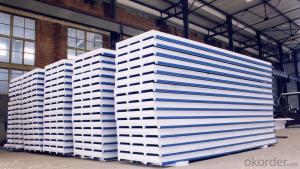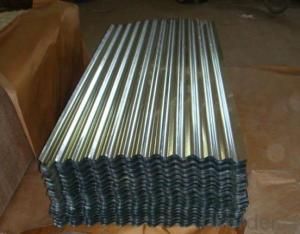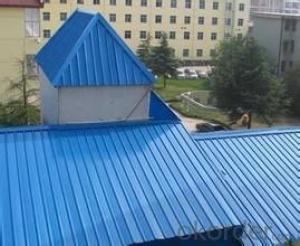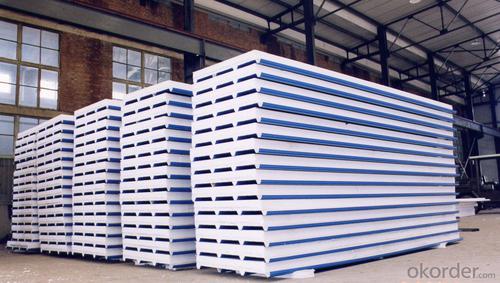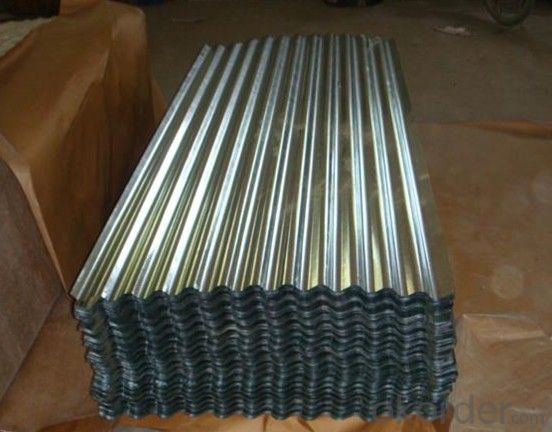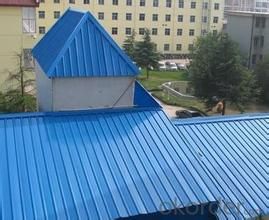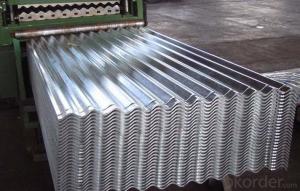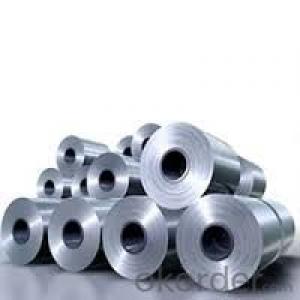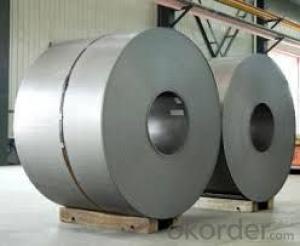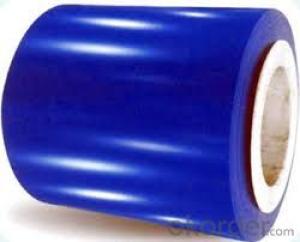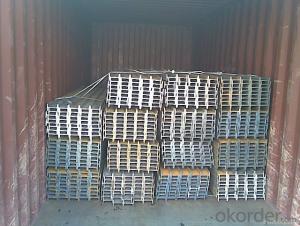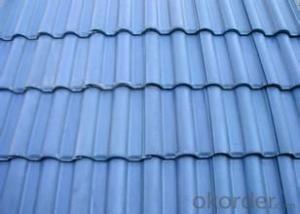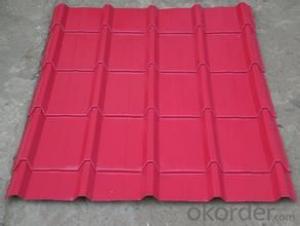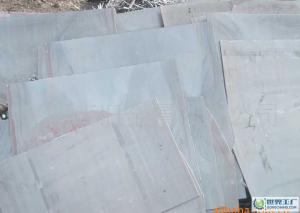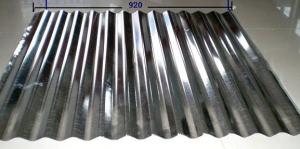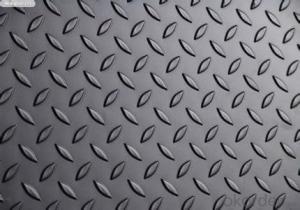prepainted steel roof sheet original manufacturer/ colour corrugated prepainted sheet
- Loading Port:
- Shanghai
- Payment Terms:
- TT OR LC
- Min Order Qty:
- 1 m.t.
- Supply Capability:
- 1000 m.t./month
OKorder Service Pledge
OKorder Financial Service
You Might Also Like
Quick Details
| Standard: | AISI,ASTM,DIN,GB,JIS | Grade: | AISI,ASTM,BS,DIN,GB,JIS | Thickness: | 0.17mm-0.6mm |
| Place of Origin: | China (Mainland) | Brand Name: |
| Model Number: | Corrugated sheet |
| Type: | Steel Plate | Technique: | Cold Rolled | Surface Treatment: | Coated |
| Application: | Roofing,Ceiling,Roof | Special Use: | High-strength Steel Plate | Width: | 600-1250mm |
| Length: | as per customers request | Zinc coating: | 60-275g/m2 | Surface processing: | Regular spangle,minimal spangle |
Packaging & Delivery
| Packaging Detail: | Standard seaworthy or as your requirement. |
| Delivery Detail: | Within 9 days after confirming the order. |
Specifications
Prepaint corrugated roofing sheet
1.our material are from big mill
2.surface and edge is glossy
3.our package is export pa
Prepainted corrugated steel roofing sheets
Production
Standard | JIS G3302 1998, ASTM A653M/A924M 2004,or according to your request |
Thickness | 0.13mm-1.5mm |
Width | 400mm-1250mm |
Tolerance | Thickness: +/-0.02mm Width:+/-2mm |
Length | We can adjust the length according to your request |
Wave depth | As to requirement |
Zinc Coating | 40g/m2-275g/m2 |
Surface treatment | Color-Coated & Galvanized |
Color | All RAL color |
Coat | 25±5μm on front coating and 7± 2μm on back coating |
Temper | 1.Full hard |
2.Commercial quality | |
3. Dry, chromate, skin passed, tension level, shining. | |
Spangle | Regular spangle, minimized spangle and zero spangle |
Tensile Strength | >300mpa |
Yield Strength | 370-380mpa |
Application | various roofs or walls referring to the large size factory buildings, storages, exhibition halls, gymnasiums etc. |
MOQ | 50Ton |
Specification
Process ability | Yield strength | Tensile strength | Elongation % | 180°cold-bending |
Common PV | - | 270-500 | - | d=0,intact,no zinc removal |
Mechanical interlocking JY | - | 270-500 | - | d=0,intact,no zinc removal |
Structure JG | >=240 | >=370 | >=18 | d=0,intact,no zinc removal |
Deep drawn SC | - | 270-380 | >=30 | |
EDDQ SC | - | 270-380 | >=30 | d=0,intact,no zinc removal |
- Q: What are the different sheet metal finishing techniques for steel sheets?
- Some of the different sheet metal finishing techniques for steel sheets include deburring, grinding, polishing, sanding, and painting.
- Q: Can steel sheets be used for staircase railings?
- Yes, steel sheets can be used for staircase railings. Steel is a strong and durable material that can provide stability and safety to staircase railings. It can be shaped and designed to create various styles and patterns, making it a versatile choice for railings.
- Q: Can steel sheets be used for construction equipment?
- Yes, steel sheets can be used for construction equipment. Steel is a versatile and durable material that is commonly used in the construction industry for various applications, including equipment fabrication. Steel sheets can be shaped, welded, and formed into different components and structures needed for construction equipment, such as bulldozers, cranes, excavators, and dump trucks. Steel's high strength-to-weight ratio makes it suitable for heavy-duty equipment, providing the necessary strength and stability while keeping the weight manageable. Additionally, steel is resistant to corrosion, which is crucial for construction equipment exposed to harsh environmental conditions. Overall, steel sheets are a popular choice for construction equipment due to their strength, durability, and versatility.
- Q: How do steel sheets compare to other materials like aluminum or copper?
- There are numerous advantages to using steel sheets over materials such as aluminum or copper. Firstly, steel is significantly stronger and more durable than both aluminum and copper. This makes steel sheets perfect for applications that require high strength and the ability to resist wear and tear, such as construction, automotive manufacturing, and industrial machinery. Secondly, steel sheets have a higher melting point than aluminum and copper. As a result, steel can withstand higher temperatures without deforming or melting, making it suitable for applications involving exposure to high heat or fire. Additionally, steel sheets are more cost-effective than both aluminum and copper. Steel is readily available and relatively inexpensive compared to these other materials. This makes steel sheets a more economical choice for large-scale applications that require a substantial amount of material. Furthermore, when properly coated or treated, steel sheets have excellent corrosion resistance properties. In contrast, aluminum and copper are more susceptible to corrosion and require additional protective measures. This makes steel sheets a superior choice for outdoor or marine applications where exposure to moisture and harsh environments is a concern. Lastly, steel sheets are highly recyclable, making them a more sustainable choice compared to aluminum and copper. Steel is one of the most recycled materials globally, with a recycling rate of nearly 90%. This reduces the environmental impact and conserves natural resources. In summary, steel sheets offer exceptional strength, durability, heat resistance, cost-effectiveness, corrosion resistance, and recyclability compared to materials like aluminum or copper. These qualities make steel sheets a versatile and reliable choice for a wide range of applications across various industries.
- Q: What are the different types of steel coatings for sheets?
- There are several different types of steel coatings for sheets, including galvanized, galvannealed, aluminized, and stainless steel coatings.
- Q: Are the steel sheets available in different thickness tolerances?
- Yes, steel sheets are available in different thickness tolerances. Steel manufacturers produce sheets with varying thicknesses to cater to different applications and requirements. These thickness tolerances are specified by industry standards and can vary depending on the type of steel and the intended use. For example, in the construction industry, steel sheets with tighter tolerances may be required to ensure structural integrity, while in manufacturing processes, such as automotive or aerospace, specific tolerances may be necessary to meet design specifications. By offering steel sheets in different thickness tolerances, manufacturers provide customers with options to choose the most suitable product for their specific needs.
- Q: Which is good, z15 grade steel plate and z25 grade steel plate?
- It is obvious that the fracture resistance of lamellar fracture is stronger than that of fracture shrinkage, that is, the lamellar tearing resistance of Z25 is better than that of Z15.
- Q: Can steel sheets be heat treated for increased hardness?
- Yes, steel sheets can be heat treated to increase their hardness. Heat treatment is a process used to alter the physical and mechanical properties of steel, including hardness. The most common heat treatment method used for increasing the hardness of steel sheets is called quenching and tempering. During this process, the steel sheets are heated to a high temperature and then rapidly cooled by quenching in a suitable medium, such as oil or water. This rapid cooling helps to transform the steel's microstructure, resulting in increased hardness. However, this sudden cooling can also introduce internal stresses in the steel, making it brittle. To overcome this brittleness, the quenched steel sheets are then tempered by reheating them to a specific temperature and holding it for a certain period of time. Tempering allows the steel to regain some of its ductility while retaining the desired hardness. It is important to note that the specific heat treatment process and parameters used for steel sheets depend on the composition and intended application of the steel. Different steel alloys require different heat treatment processes, and the temperature and time parameters may vary accordingly. Therefore, it is crucial to consult with an expert or refer to the steel's technical specifications to determine the appropriate heat treatment process for achieving the desired hardness.
- Q: Can steel sheets be used for insulation in buildings?
- No, steel sheets cannot be used as insulation in buildings. Steel is a highly conductive material, meaning it allows heat to pass through it easily. Insulation, on the other hand, is designed to resist the flow of heat, keeping the interior of a building warm in winter and cool in summer. Materials such as fiberglass, foam, or cellulose are commonly used for insulation as they have low thermal conductivity.
- Q: Are steel sheets suitable for interior door panels?
- Yes, steel sheets are suitable for interior door panels. They are sturdy, durable, and provide added security. Additionally, steel sheets can be customized with various finishes and designs to enhance the aesthetic appeal of the door.
Send your message to us
prepainted steel roof sheet original manufacturer/ colour corrugated prepainted sheet
- Loading Port:
- Shanghai
- Payment Terms:
- TT OR LC
- Min Order Qty:
- 1 m.t.
- Supply Capability:
- 1000 m.t./month
OKorder Service Pledge
OKorder Financial Service
Similar products
Hot products
Hot Searches
Related keywords
